Roma tomatoes, also known as plum tomatoes, are one of the most beloved varieties in the culinary world. With their oblong shape, deep red color, firm texture, and concentrated flavor, these tomatoes offer far more than just a pop of color on your plate. From sauces to salads, their low moisture content and rich, sweet-acidic balance make them a go-to choice for both home cooks and professional chefs alike.
In this comprehensive guide, we’ll explore what makes Roma tomatoes so special, what to make with fresh Roma tomatoes, nutritional benefits, how to grow them at home, and the best ways to store them for optimal flavor and longevity.
What Are Roma Tomatoes?
Table of Contents
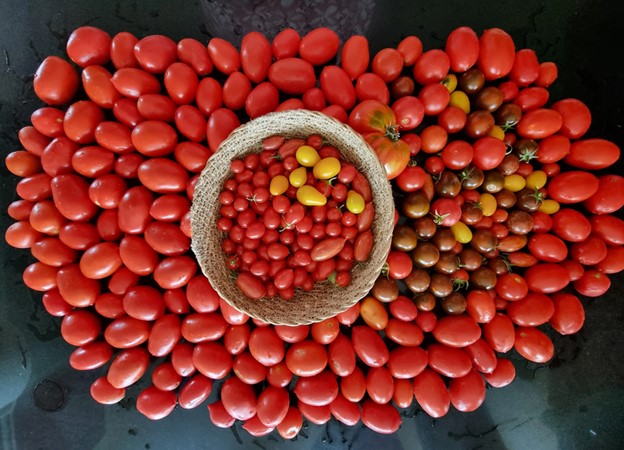
Roma tomatoes are a type of plum tomato that stand out due to their oval shape and relatively small size compared to standard slicing tomatoes. While beefsteak tomatoes are known for their juiciness, Romas are prized for their meaty texture and minimal seeds. This makes them ideal for recipes where too much moisture would dilute flavor or texture.
Their flesh is dense and flavorful, which allows them to break down into smooth, concentrated sauces or hold their shape when roasted or grilled. They typically have a bright red skin when ripe, although some heirloom varieties may show hues of orange or yellow.
Roma tomatoes are determinate plants, which means they produce all of their fruit at once over a short period, unlike indeterminate varieties that continue to bear fruit all season. This trait is particularly useful for those interested in bulk cooking or preserving.
Culinary Uses of Roma Tomatoes
Roma tomatoes are an essential ingredient in a wide variety of dishes. Here’s a closer look at how they can be used across different cooking methods:
1. Sauces and Pastes
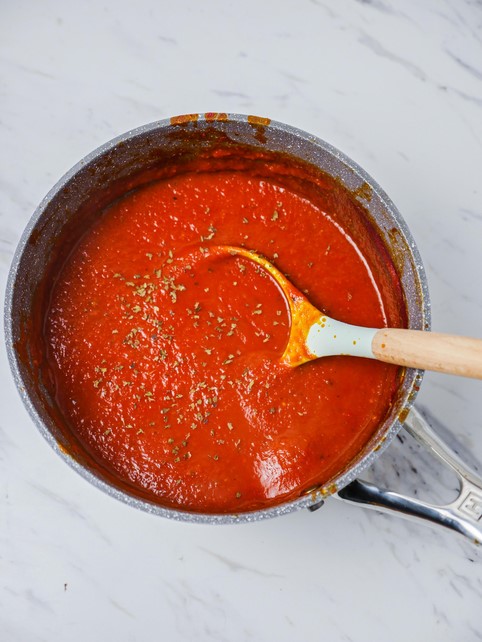 Arguably, the most iconic use for Roma tomatoes is in tomato sauces. Their low moisture content and robust flavor allow for quick reduction into thick, savory sauces without the need for hours of simmering.
Arguably, the most iconic use for Roma tomatoes is in tomato sauces. Their low moisture content and robust flavor allow for quick reduction into thick, savory sauces without the need for hours of simmering.
These are ideal for –
- Marinara sauce – a simple, vibrant sauce made with garlic, olive oil, and herbs.
- Pizza sauce – Romas produce a rich base that doesn’t make your crust soggy.
- Tomato paste – Cook them down further and strain to create a concentrated paste.
- Hearty meat sauces like Bolognese or ragù – where a sturdy tomato base holds up to long cooking times.
Whether you’re making a quick weeknight pasta or a slow-simmered lasagna, Roma tomatoes are the backbone of countless Italian and Mediterranean dishes.
2. Salsas and Relishes
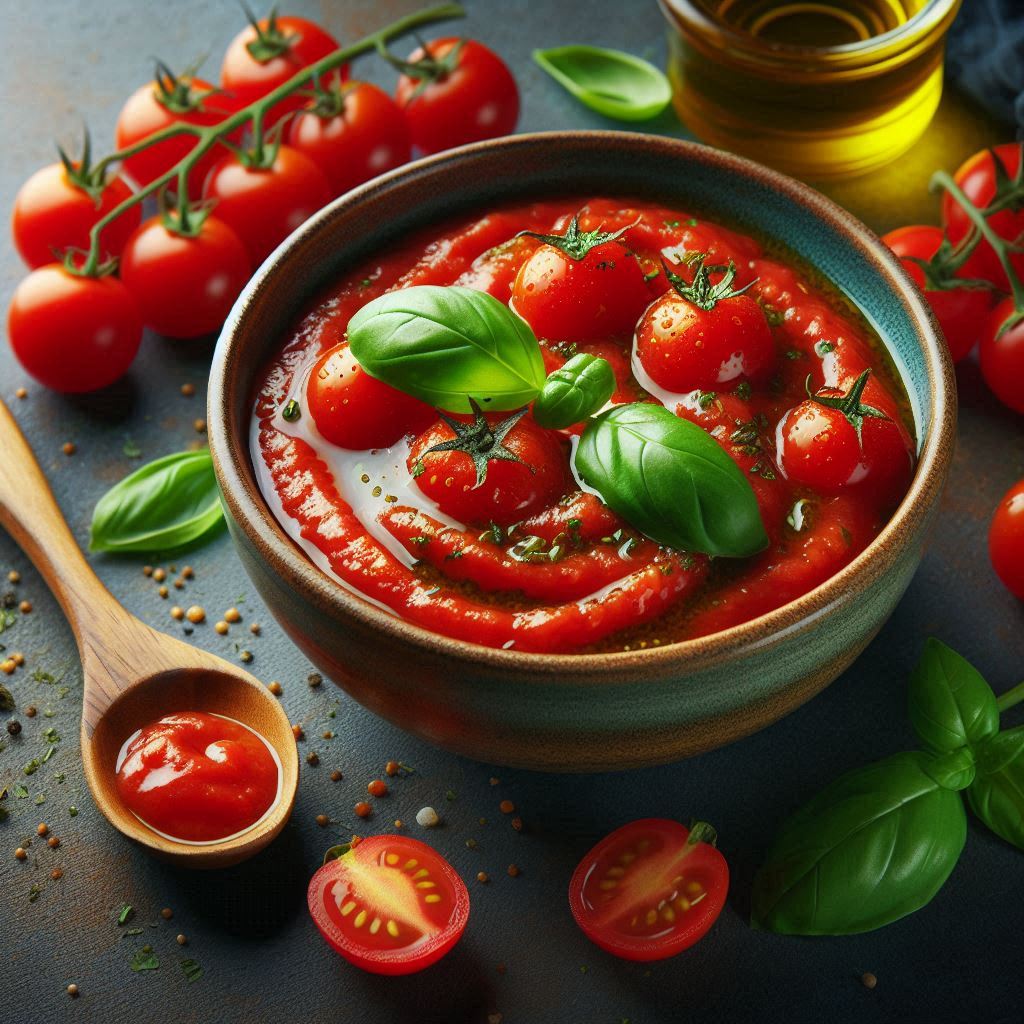
Roma tomatoes are excellent in both raw and cooked salsas due to their balanced sweetness and acidity. Their firm texture helps them hold up well after chopping, without turning mushy.
These can be great for:
- Pico de gallo – Fresh Roma tomatoes chopped with onions, jalapeños, lime, and cilantro.
- Roasted tomato salsa – Roasting adds depth and smokiness to the tomatoes.
- Chutneys and relishes – Combine them with fruits, vinegar, and spices for a tangy condiment.
- Their consistency ensures that your salsa won’t turn watery—a common problem with juicier tomatoes.
3. Roasting and Grilling

Roasting Roma tomatoes, like cherry tomatoes, brings out their natural sugars and intensifies their already-rich flavor. Slice them in half, drizzle with olive oil, sprinkle with salt, pepper, and herbs, then roast until caramelized.
Delicious applications –
- Blended into creamy tomato bisque or soup.
- Layered on sandwiches, flatbreads, or bruschetta.
- Preserved in oil with garlic and basil for future use.
- Grilled Roma tomatoes also work beautifully as a smoky topping for grilled meats, or added to summer grain salads.
4. Canning and Preserving
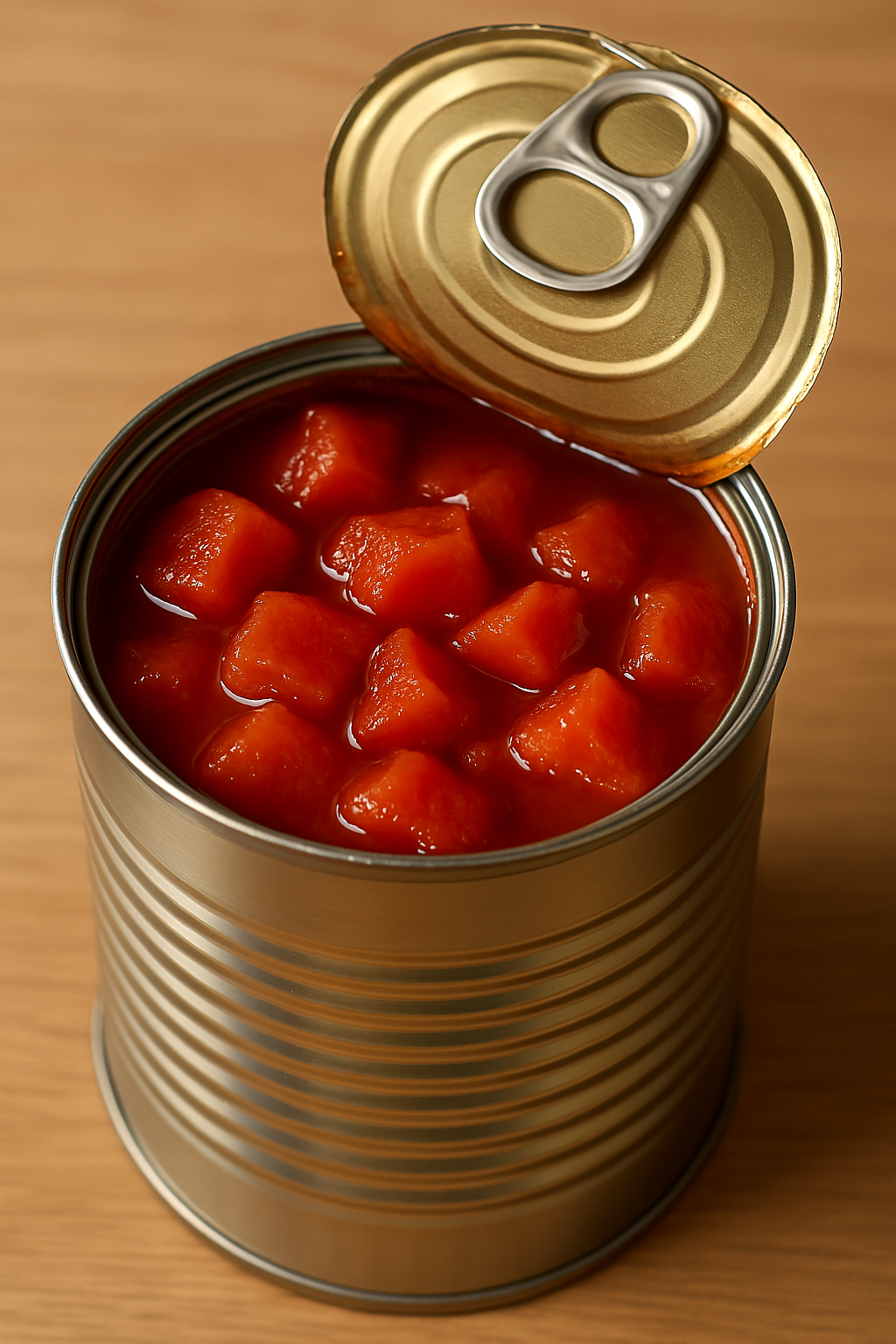
To preserve for a longer time, you can – can tomatoes. Because they are uniform in size and low in water, Roma tomatoes are ideal for home preservation. They’re easier to peel after blanching, and their firm texture holds up during processing.
Best options for preserving include –
- Whole or crushed canned tomatoes – Ideal for stews and soups.
- Tomato sauce or puree – Great for having ready-to-go bases for fast meals.
- Sun-dried tomatoes – Slice and dry for a chewy, intensely flavored snack or addition to pasta.
Their short but abundant growing season makes them perfect for stocking your pantry with homemade preserved tomato products.
5. Salads and Sandwiches
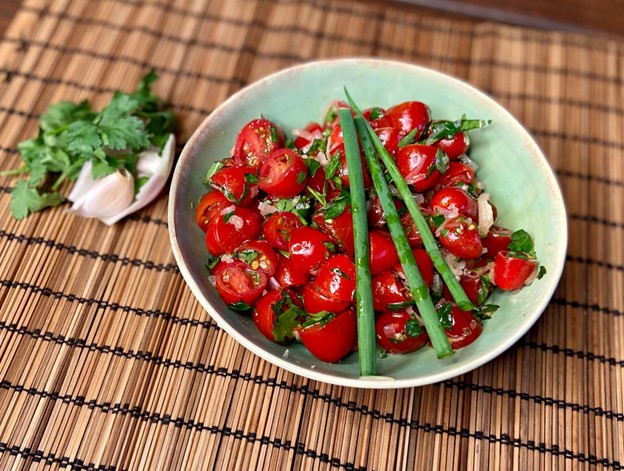
Although Roma tomatoes aren’t as juicy as slicing varieties, they bring unique advantages to fresh preparations. Their firmness and mild sweetness make them perfect for dishes where excess moisture would be a drawback.
Try them in –
- Caprese salads with mozzarella, basil, and a drizzle of balsamic reduction.
- Green salads where they won’t overpower delicate greens.
- Submarine sandwiches and paninis, where they won’t make the bread soggy.
- They’re especially useful for meal-prepping salads or sandwiches, as they maintain their texture for longer than other varieties.
Growing Roma Tomatoes

If you’re looking to grow your own food, Roma tomatoes are a rewarding choice. They’re relatively easy to cultivate and provide a substantial yield.
Growing Tips –
- Climate – Prefer full sun (6–8 hours per day).
- Soil – Well-drained, fertile soil with a neutral pH.
- Watering – Keep soil consistently moist, especially during fruit development.
- Support – Use cages or stakes to support heavy clusters of fruit.
- Spacing – Plant 18–24 inches apart to allow for good airflow and growth.
Harvesting typically begins 75 to 80 days after planting. Ripe Roma tomatoes will be deep red and slightly firm. Because they’re determinate, most of the harvest will come at once—perfect for preserving or large cooking projects.
Storing Roma Tomatoes
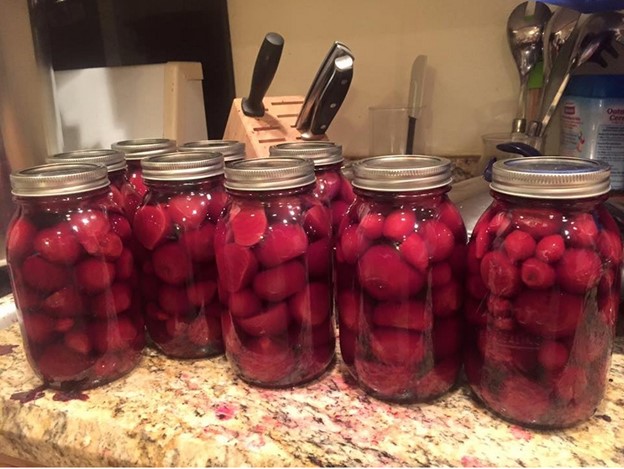
Proper storage extends the usability and flavor of your Roma tomatoes. Here’s how to store them for both short and long-term use:
For Short-Term Storage –
- Unripe tomatoes – Leave at room temperature, away from direct sunlight.
- Ripe tomatoes – If not used within a couple of days, refrigerate to slow spoilage. Bring to room temperature before using for best flavor.
For Long-Term Storage –
- Freezing – Blanch and peel, then freeze whole or chopped in freezer bags.
- Roasting – Roast and freeze in oil-packed jars or containers.
- Canning – Follow safe canning practices to preserve sauces, pastes, or whole tomatoes.
Avoid storing tomatoes in plastic bags or sealed containers without ventilation at room temperature, as this can accelerate spoilage.
Wrapping Up
Roma tomatoes are truly a culinary powerhouse. Their dense, flavorful flesh makes them perfect for sauces, pastes, and canned goods. Their firm texture also lends well to roasting, grilling, and salads. Nutritionally, they offer a low-calorie boost of vitamins, minerals, and antioxidants—especially lycopene, which becomes more beneficial when cooked.
Whether you’re stocking your pantry with homemade tomato sauce, throwing together a quick salsa, or simply enjoying a fresh Caprese salad, Roma tomatoes deserve a permanent spot in your kitchen.
Next time you shop or garden, think Roma. Their unmatched flavor, versatility, and health benefits make them a staple worth celebrating in any meal.
Leave a Reply